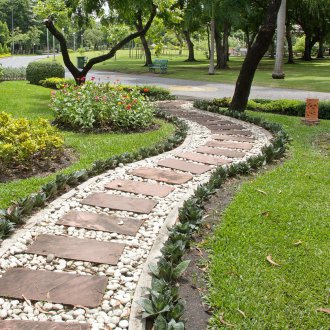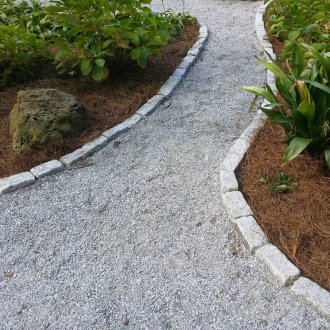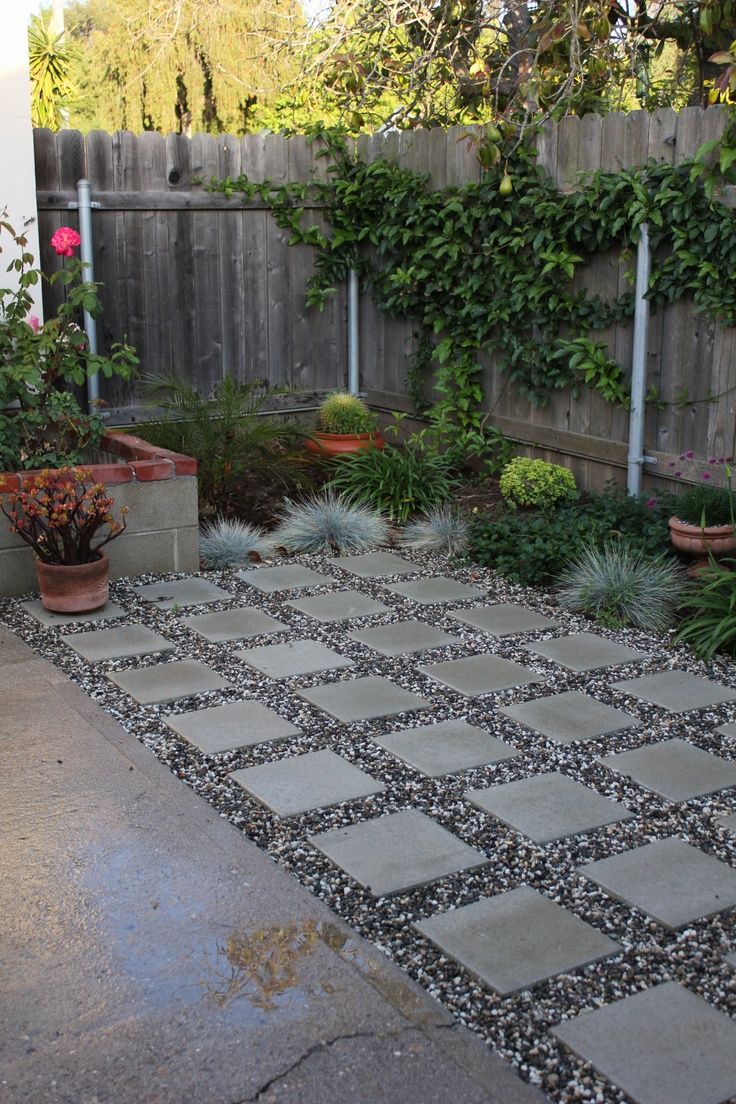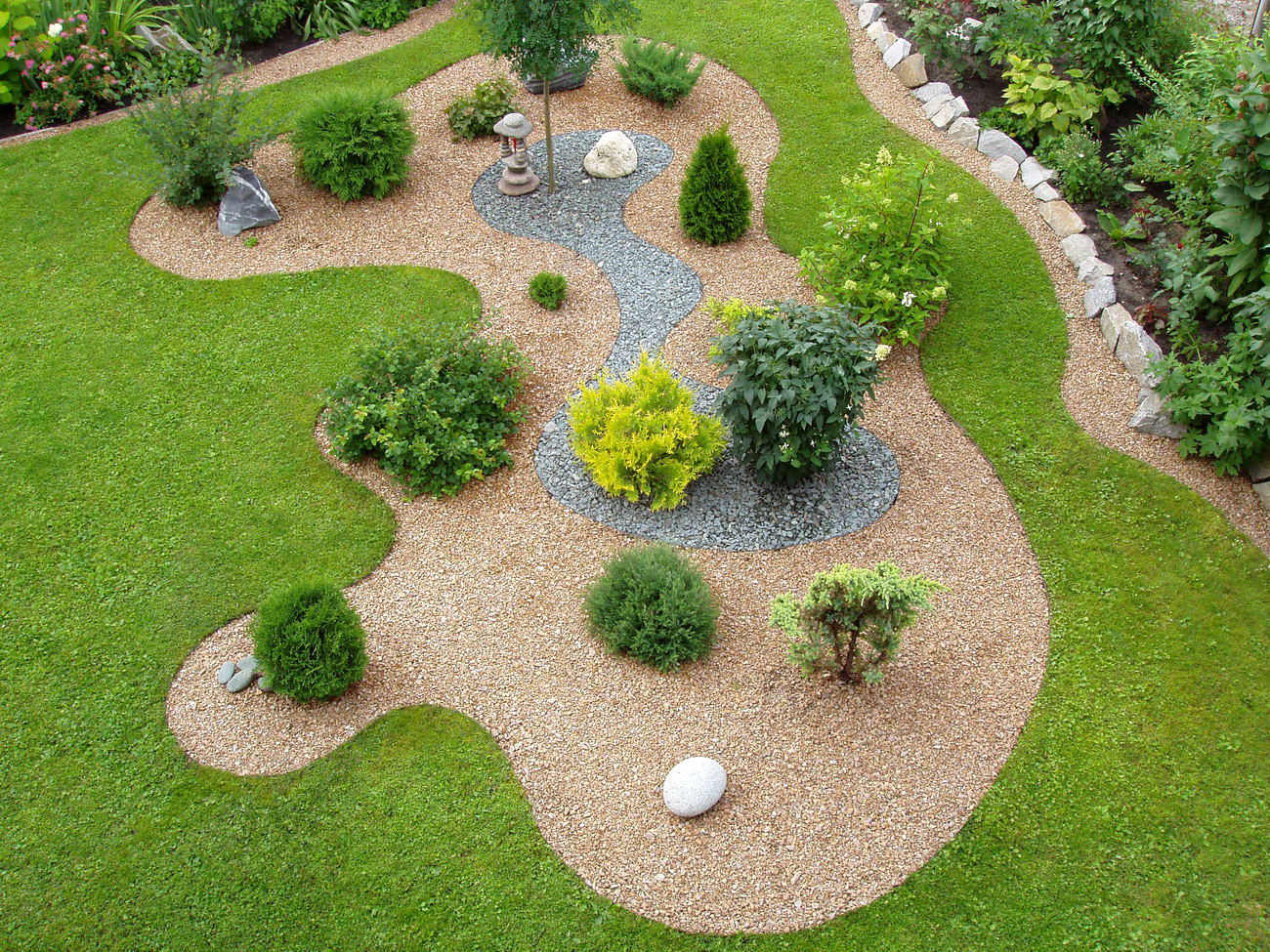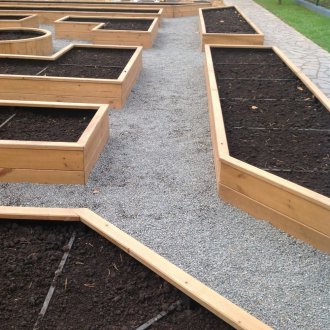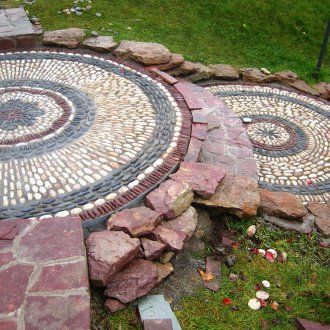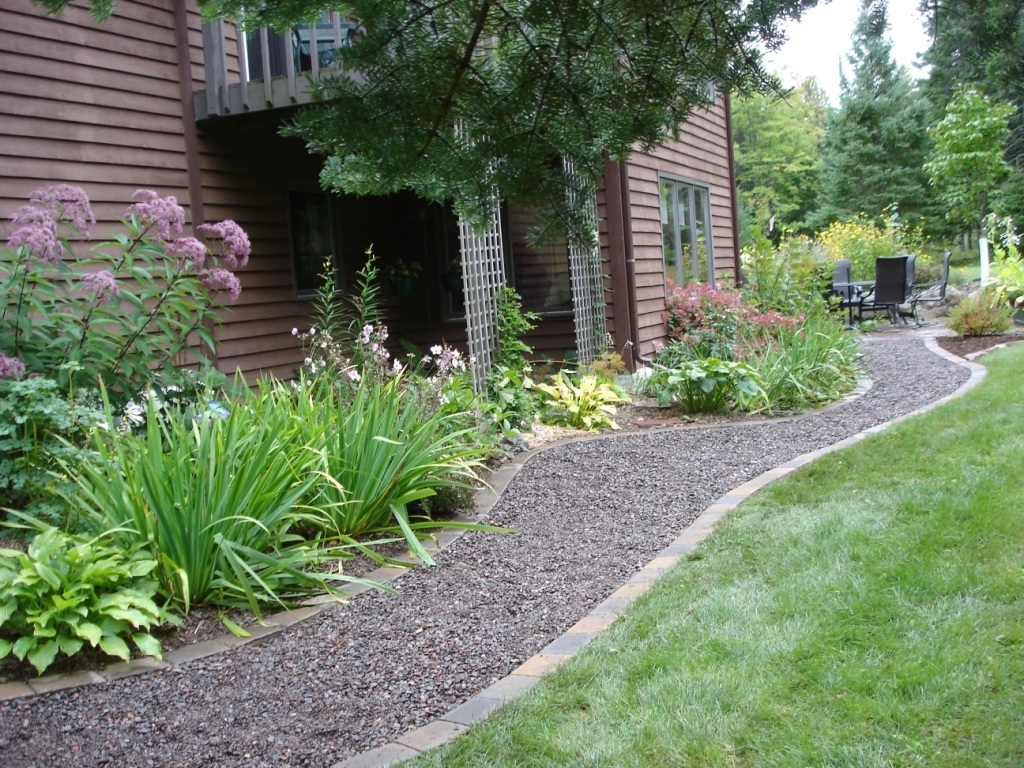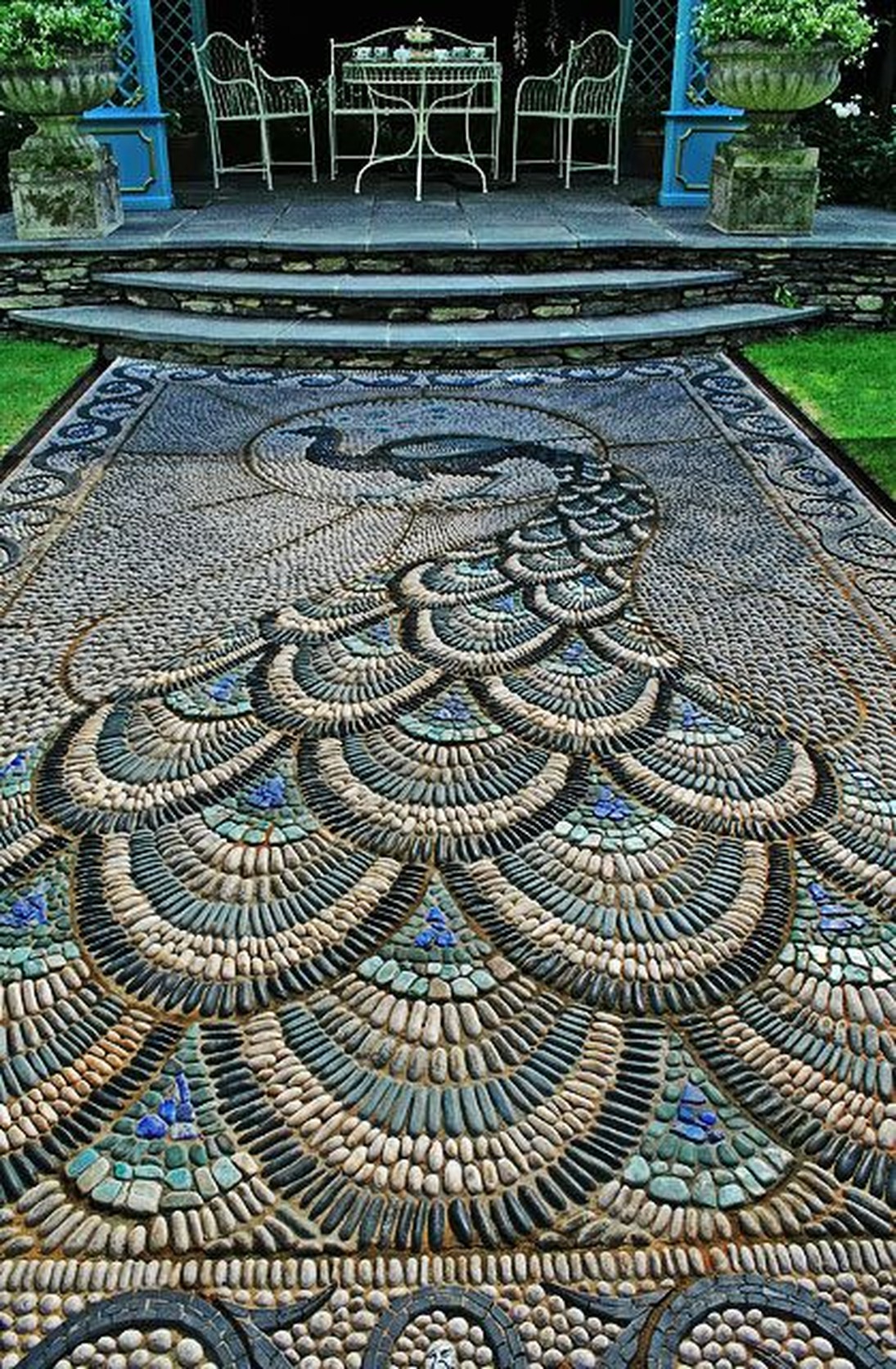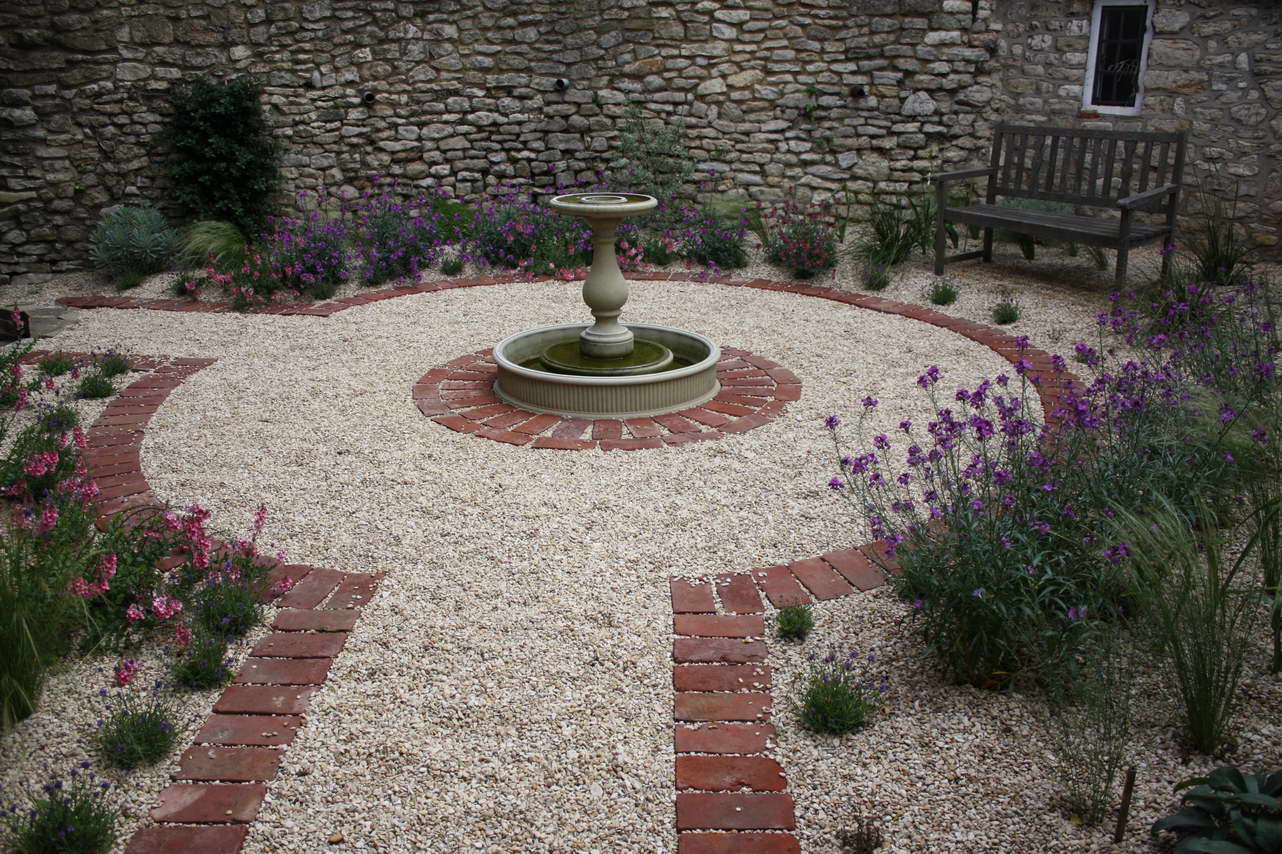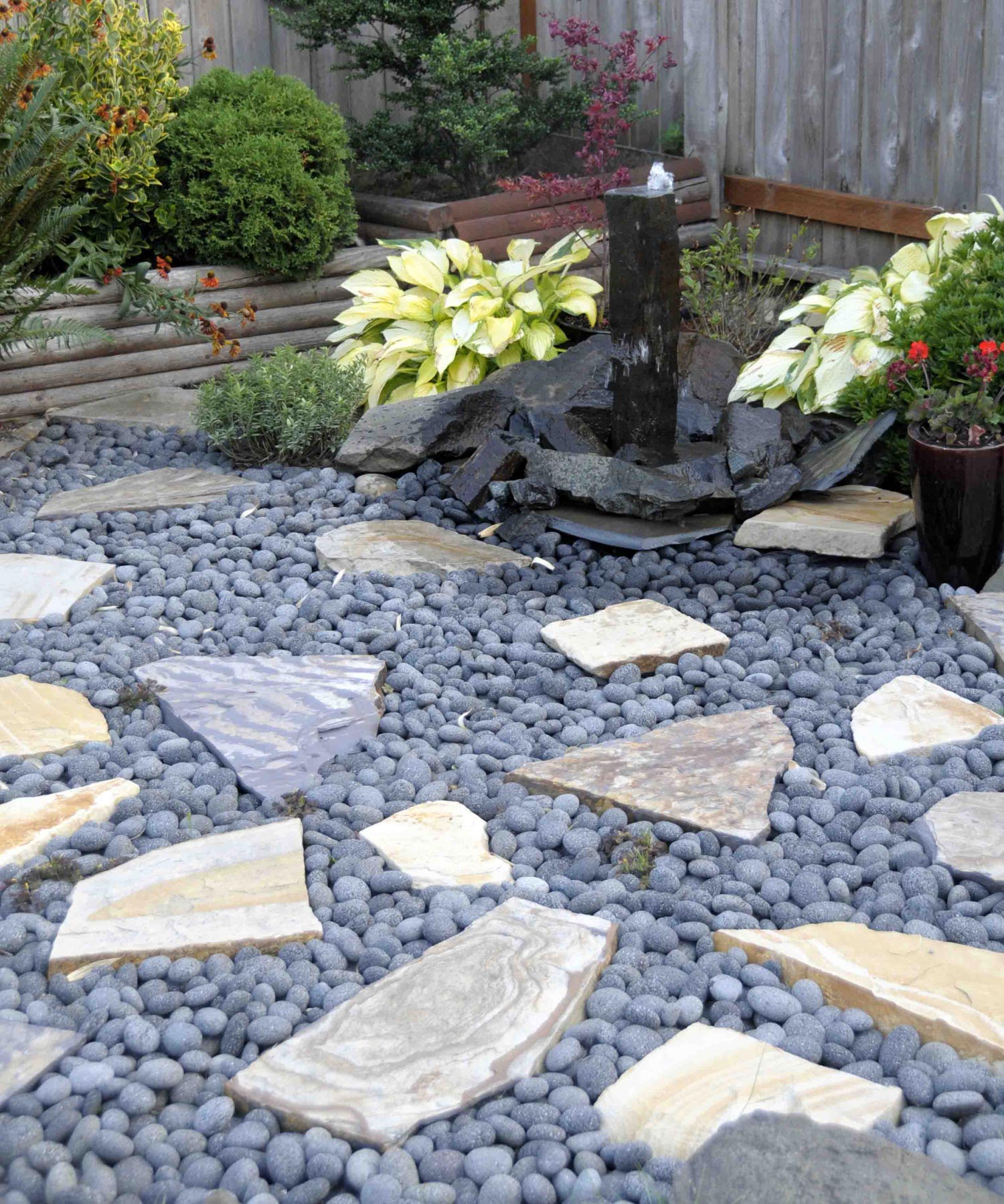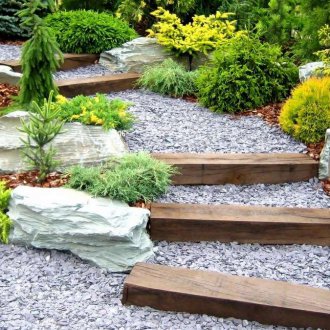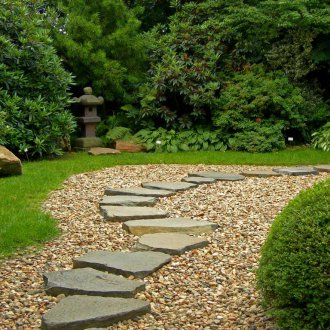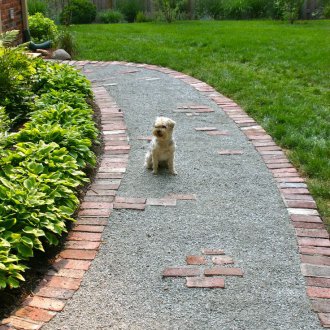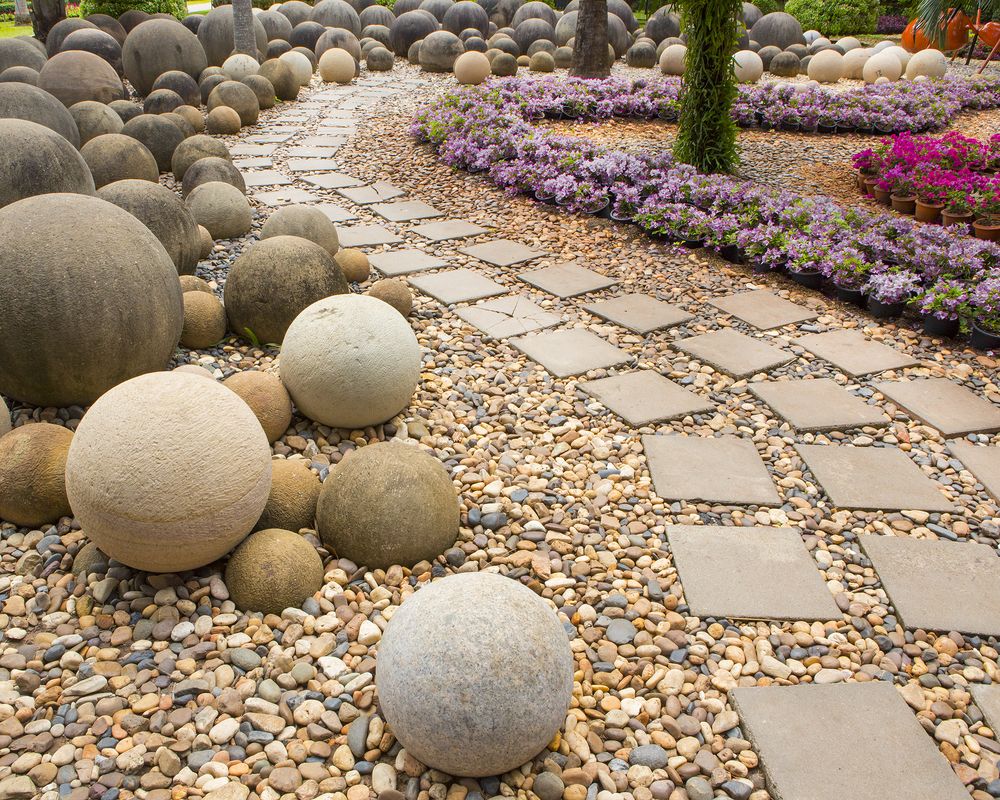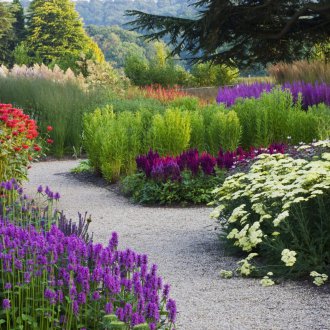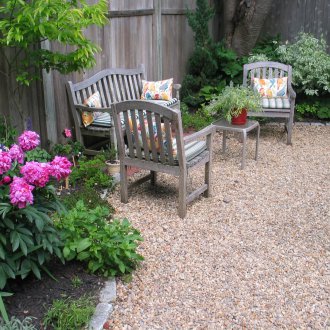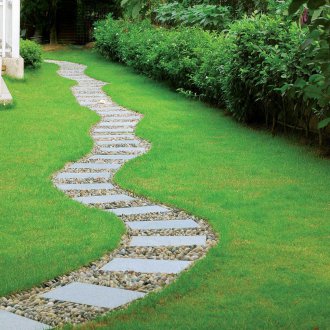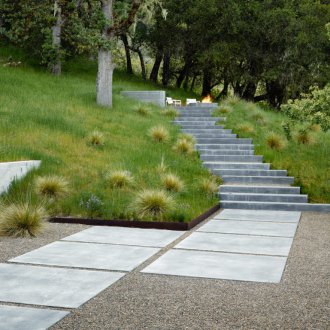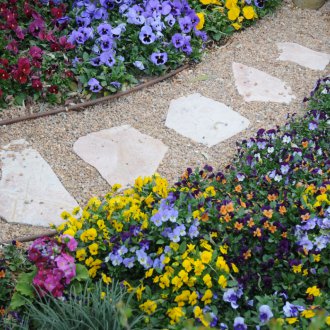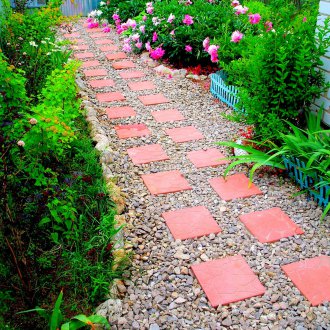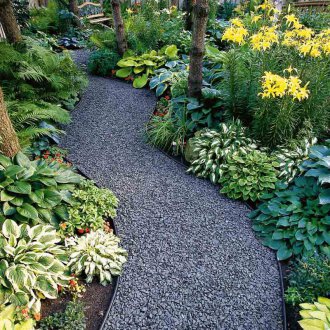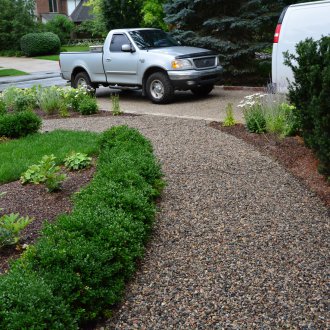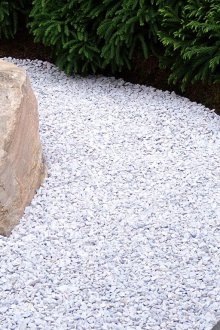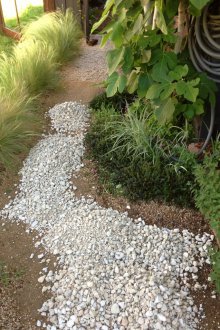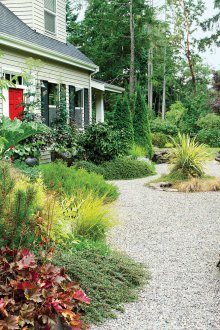Gravel paths: advantages, disadvantages and design options (26 photos)
Content
Paths in the garden are necessary to create a cozy design for a personal plot. There are many ways to make a garden path. The simplest and most popular is the use of gravel. This is the most affordable, modern and at the same time stylish solution for the garden plot. It can be used both for the main paths for the entrance of transport, and for decorative trails, which are used, first of all, as decorative elements. Garden paths made of gravel have certain advantages and disadvantages, and their creation is permissible far from all household plots.
In which areas is it better not to use gravel for the tracks
Gravel for paths in the country can be used on almost any site. However, there are places where its use may be inappropriate or ineffective. These include:
- Sites that are practically not involved. Gravel paths more than others need regular and quality care. And this is not even about the very paths, but about the land around them, so using this material in areas that are practically not involved is ineffective. Outside of the walkway there will be untidy land, grass, leaves and garbage. Over time, it will all be on the track, and it will turn into an ordinary path, on which small pebbles are strewn.
- The presence of moles. Small underground residents very quickly destroy the well-groomed appearance of gravel paths.
- The presence of trees. Fallen leaves are difficult to remove from pebbles. A garden vacuum cleaner can solve the problem, but not every owner of a summer cottage has it.
- Small children. Kids love to run barefoot in the garden, and walking barefoot on gravel is painful enough.
If there are no contraindications to the use of gravel, it remains only to choose the type of material and one of the design options for paths in the garden.
Advantages and disadvantages of gravel for tracks
This type of track has a number of significant advantages. These include:
- Affordable price. A do-it-yourself gravel track will be much cheaper than other types of decoration.
- Wide scope for imagination. For the original design of the tracks, you can use gray and colored gravel, apply it between fragments of the garden, as a decoration for a flower bed or between plantings.
- Durability. They are not washed away by rains and are very comfortable even in wet periods. With regular removal of weeds and debris, they will last a very long time.
- The simplicity of the device. It’s extremely easy to make gravel paths in the country with your own hands, even without special knowledge and skills.
Despite the obvious advantages of using gravel for arranging tracks, this material also has a number of disadvantages that should be taken into account when deciding on its use. These include:
- Monotonous texture and a small selection of colors.
- Regular treatment of the road base is required to protect against weeds.
- Simplicity of execution, because of which it may not fit into the modern exterior.
Most of the flaws are inconclusive, so gravel paths are very popular.
Types of gravel for the design of tracks
There are several types of material that can be used to decorate paths and other elements of the garden. Most commonly used:
- Granite crushed stone. It is made in an industrial environment. Differs in durability and an acute-angled form. Because of this, it may remain on the sole. It has a uniform gray color.
- River stone. Small pebbles of a round form. Its size is larger than classical gravel, so it should be used in a small layer.
- Gravel. It has a round shape and unusual color. Walking on such material is very convenient. Most often used in a mixture with small gravel.
- Crushed slate. It has the most attractive decorative qualities. Creates unusual sparks. It can be mixed with small gravel.
After choosing the optimal type of material, you can proceed to the design of the track to your liking.
The main stages of the design of tracks
The gravel tracks are quite simple. It is enough to have the necessary tools and materials with you, as well as make a sketch of the future landscape design. Technology, how to make a path out of gravel, consists of several main steps.
Markup
Before starting the main work, it is necessary to draw the contours of future tracks. For straight paths, it is best to use low pegs, as well as twine, which must be tied between them. The distance between the pegs should be an average of 1.5 meters.
Winding paths are more difficult to mark. Pegs in this case are not practical. It is better to lay a garden hose, which can additionally be circled with paint, chalk or sand. Do not make too wide a track from this material. Its width should be 0.5-1.2 m. When marking, it is necessary to take into account the width of the curb.
Trench preparation
It is necessary to remove sod from previously prepared areas, and also dig a pit, the depth of which should be about 20 cm. It is best to dig up the side parts of the earth with a bayonet shovel, and remove the soil with a shovel. It is also necessary to carefully dig, clear of debris and level the bottom of the trench.
Installation of borders
The use of borders in the design of the path of gravel is mandatory. Otherwise, the material will quickly disperse throughout the area. Borders are set during the preparation of the ditch. This will help make gravel falling asleep easier.
For its manufacture, you can use wooden columns, bricks, natural or curb stones, bottles or a special tape border. It should be about 5 cm above the track.
The material for the manufacture of the border should be fixed to the solution. First you need to make a concrete base, or at least sand and gravel backing. The stones for the curb should be about the same size, and the width of the groove for the curb should be a few more sentiments.
Depending on the height of the curb, it is necessary to pour a substrate of sand and gravel. Then concrete should be poured into the groove. Allow to freeze. Then it remains only to lay stones or bricks on the finished base, after pouring cement mortar into it.
For the manufacture of borders, you can use wooden pegs. However, they must be of high quality, have one size and be pre-treated with preparations against insects and rot. For such a border, it is necessary to dig a groove about 15 cm deep, and dig pegs into it. Logs can be the same height, and you can alternate between high and low pegs.
Preparing a pillow for gravel
A bed for decorative gravel can be prepared in several ways:
- At the bottom of the trench, it is necessary to put geotextiles, then fill it with large gravel, which should first be mixed with clay.This mixture must be poured with water and compressed. To do this, it is best to use a vibrating plate, but you can well trample your feet. After that, the thickness of the pillow should be about 10 cm.
- For the manufacture of pillows, you can use sand. Its use is better for drainage. In this case, first you need to lay out large crushed stone with a layer of about 7 cm, then cover it with geotextile, and only after that pour sand with a layer of 5 cm.
- The easiest way, which can be used in the case of a path made of gravel, is to fill the foundation pit with large gravel, after which it is covered with a geotextile.
Regardless of the method, using polyethylene as a protective membrane is not recommended. This leads to stagnation of water. It is necessary to use a material that allows water to pass through well. Due to this, water after the rain will not stand on the tracks, which will increase their service life.
Gravel Backfill
A day after the preparation of the pillow, you can go to the main stage of work - filling gravel. The thickness of the layer should be approximately 5 cm. If several types of decorative gravel are used for the track, it is recommended that they be mixed beforehand so that the color and texture are uniform. Gravel must be well leveled and tamped a little.
The consumption of gravel depends on its layer, type and size. On average, 50 kg, 5 cm - 60, and 7 cm - 100 kg go to a track one meter wide and one meter long with a layer of 3 cm. The amount of material may vary depending on its fraction.
Thus, the way to make a gravel path correctly is quite simple. The path turns longevity, beautiful, neat and fits perfectly into the exterior of almost any home or cottage. In addition, the production takes a minimum of time, and when using material of various fractions and color, an incredibly beautiful landscape design will be obtained.
